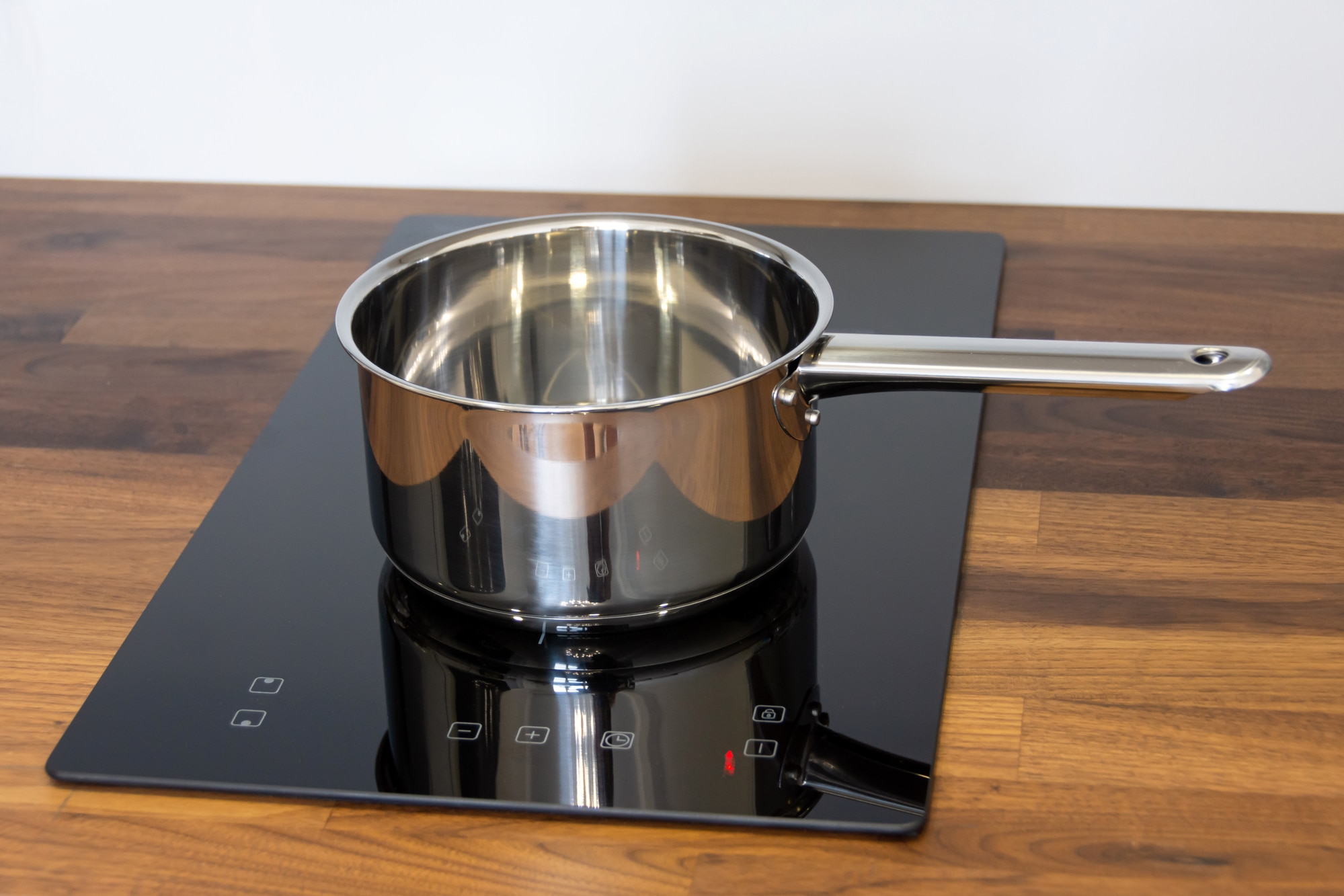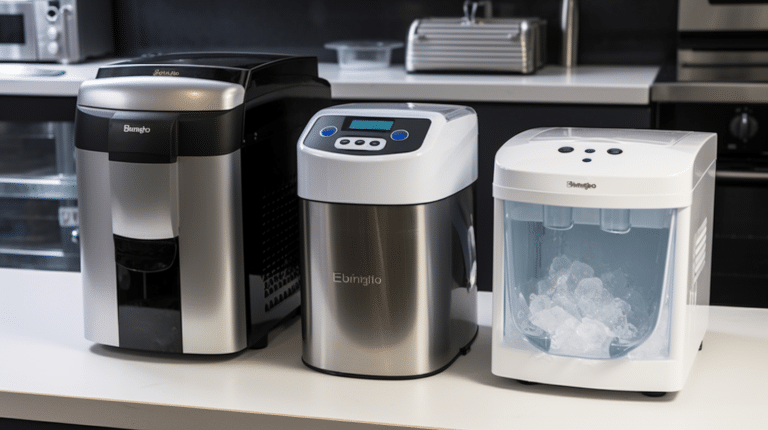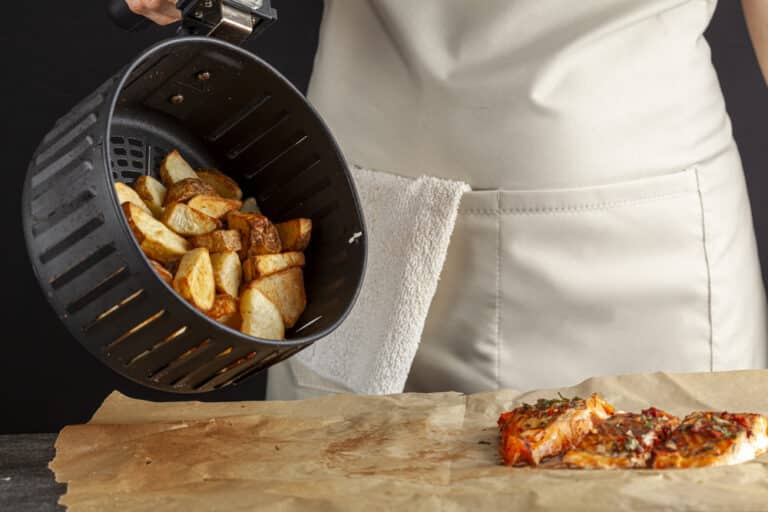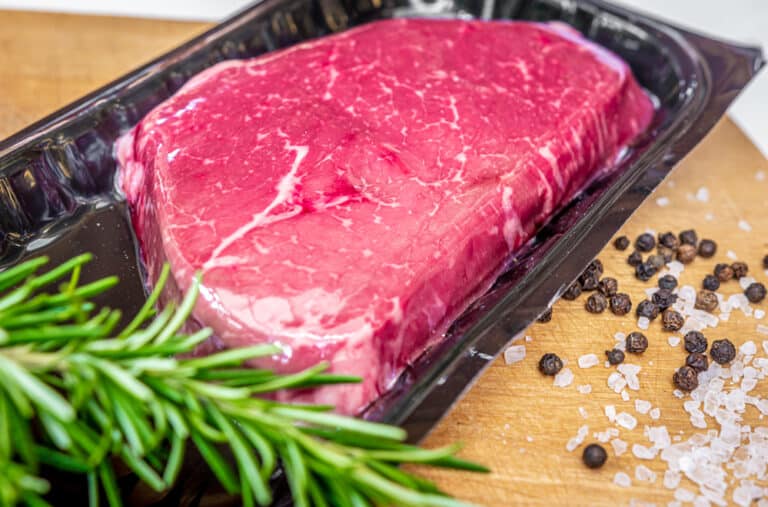Why won’t my gas hob stay lit? For the experienced cook or novice alike, this can be a perplexing quandary. But don’t worry – there are some simple solutions to help get your gas hob back up and running. From checking the gas supply to replacing the thermocouple, we’ll explore why sometimes our hobs won’t stay lit and provide some helpful troubleshooting tips. So if you’ve been asking yourself, ‘won’t my gas hob stay lit?’ then read on for more information.
Table of Contents:
- Check the Gas Supply
- Clean Out Burners
- Check Ignition System
- Replace Thermocouple
- Check Pilot Light
- FAQs in Relation to Why Won’t My Gas Hob Stay Lit
- Conclusion
Check the Gas Supply
Prior to any work, ensure the main gas valve is switched off. It’s also important to keep in mind that natural gas has no smell so an odorant is added for safety reasons – so if you smell something strange then there could be a leak. If this happens, evacuate the area immediately and call an emergency plumber or technician.
Next up is checking the connections between pipes and fittings. Make sure they are tight with no visible signs of corrosion or rust – these need replacing if present as they will eventually cause leaks down the line (no pun intended). Also, ensure that all seals are intact; again, replace them if necessary as worn out seals can lead to dangerous levels of leakage over time.
Finally, take a look at your pressure regulator which controls how much gas flows through your system – it needs to match up with what’s recommended by manufacturers otherwise it won’t function correctly (or worse still may become unsafe.). A simple way to test this is by using a manometer which measures pressure in inches of water column – just make sure you don’t go above what’s stated in the manual otherwise, you’ll end up causing more harm than good.
Checking the gas supply is an important first step to troubleshooting why your gas hob won’t stay lit. If the gas supply is fine, then it may be necessary to clean out any blockages in the burners that could impede air circulation or cause failure to ignite.
Clean Out Burners
Burners are the parts of a gas hob that ignite when you turn on the stove. Burners can become blocked with bits of food and grease, which can stop them from functioning correctly over time. Cleaning out your burners is an important part of maintaining your gas hob and keeping it in top condition.
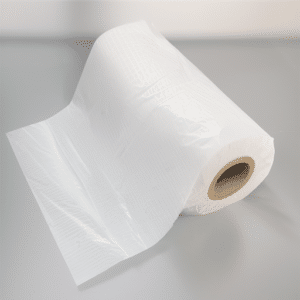
Unscrew the burners from the stovetop and gently lift them off their base plates with a tool. You’ll need to use a screwdriver or other tool to loosen any screws holding them in place before carefully lifting each burner off its base plate. Once removed, inspect their dirtiness – if any food or grease has built up, scrub it off with warm soapy water and a worn-out toothbrush or similar brush.
Once all the grime has been scrubbed away, rinse each burner under running water until all traces of soap have gone then dry thoroughly with some kitchen paper towels before re-fitting back onto the stovetop. Make sure everything fits snugly into place – if not, tighten up any loose screws as necessary before turning on the hob again for testing purposes.
Cleaning out the burners can help ensure that your gas hob stays lit and works correctly. Thus, verifying the ignition system is vital for guaranteeing everything runs smoothly.
Check Ignition System
The spark-generating apparatus in a gas hob is indispensable for sparking the flame to life. It consists of several components, including the spark generator, electrodes and wiring. Checking these components can help resolve any issues with your gas hob staying lit.
Before you light up your stovetop burner, ensure that the wires of your ignition system are firmly connected. If they’re loose or disconnected, this could be causing problems with lighting up your stovetop burner. Make sure you check each wire individually and reconnect them if necessary – otherwise, you’ll be left in the dark.
Next, take a look at the spark generator and its corresponding electrodes. These two parts should be relatively close together – about one-eighth of an inch apart – so that when power passes through them it creates enough electricity to light up your burners. If they’re too far apart or not making contact properly, then this could cause problems with starting up your stovetop burner correctly.
In the event that all of your wiring is properly connected and electrodes are correctly spaced yet you still have difficulty igniting your gas hob, it may be time to replace its thermocouple. Let’s discuss it on the next section.
Replace Thermocouple

A thermocouple is a safety device that is found in many gas hobs. Two metal wires, joined together at one end and connected to the gas valve on the other side, form a thermocouple that is often found in many gas hobs. The purpose of the thermocouple is to detect when there is no flame present and shut off the gas supply if this happens. Replacing a faulty or worn-out thermocouple can help resolve issues with your hob staying lit, as it may be unable to detect an absence of flame due to age or wear and tear.
To replace your thermocouple, you’ll need to turn off both the electricity supply and main gas supply before beginning any work on your appliance. Once these have been switched off, locate where your existing thermocouple connects to the hob – this will usually be near the burner knob or underneath one of its panels – then unscrew it from its housing using an appropriate tool such as a spanner or pliers. Next, disconnect any wiring attached to it by gently pulling them apart until they come away from each other’s connections safely (this should not require too much force).
If the thermocouple is defective, it may require substitution for your gas hob to remain ignited. However, if this does not resolve the issue then you should check whether or not there is a problem with the pilot light itself.
Check Pilot Light
A diminutive flame, used to start up gas-powered home appliances such as ovens and hot water heaters, is known as a pilot light. It’s important to check your pilot light regularly, especially if you’re having trouble with your gas hob staying lit.
The first step in checking the pilot light is to make sure it’s on. If it isn’t, turn off the appliance and locate the access panel on its side or back where you can see the burner assembly. Check for any blockages or debris that may be blocking airflow around the burner area before lighting up again.
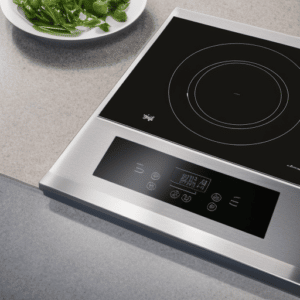
Inspect the burners thoroughly to ensure they are clear of dirt, grease, or any other obstruction that could prevent them from lighting correctly when activated. If any debris is present, use a moist cloth to remove it before attempting to reignite the burners.
Once everything appears to be in order, it is important to inspect the ignition system – generally located near each burner – and ascertain that it is running correctly by switching off then back on several times quickly until you perceive a clicking sound implying that an electric spark has been successfully generated within each unit’s combustion chamber.
If no spark appears after repeated attempts, then try replacing your thermocouple (the safety device responsible for keeping fuel lines open). This should help restore the regular operation of your gas hob so long as all other components are working normally too.
Finally, we come full circle back to our original point: checking the pilot light itself. You’ll need either a matchstick or lighter depending on what type of equipment you have installed but once lit just keep an eye out for any unusual behaviour, such as flickering flames or excessive smoke coming from around its base; both signs of the potential danger that warrant immediate attention.
FAQs in Relation to Why Won’t My Gas Hob Stay Lit
How do you fix a gas hob that won’t stay lit?
If your gas hob won’t stay lit, the first step is to check for any blockages in the burner orifice. If it’s blocked, you’ll need to clean it out with a small brush and some soapy water. Ensure all fittings are firmly connected and in place. Then adjust the air shutter on each burner until they are open just enough for a blue flame when ignited. Finally, check that your pilot light is burning properly and replace any worn parts if necessary before turning on your hob again. If all else fails, a technician should be consulted.
Why does my gas hob light then go out?
The most common reason for a gas hob light to go out is that the flame has gone out. A range of causes may be behind the flame going out, such as inadequate ventilation in the vicinity, a blockage that stops air circulating around the burner or even an imperfect thermocouple. It’s important to ensure you have adequate ventilation when using your gas hob and check for any obstructions before lighting it each time. If these steps don’t solve the issue, then it may be necessary to replace either part or all of your gas hob components, depending on what has caused them to fail.
Conclusion
So, why won’t my gas hob stay lit? It can be frustrating when your gas hob won’t stay lit, but with a few simple troubleshooting steps, you can get it working again. If the issue continues, you may need to switch out some components or enlist a specialist for assistance. Whatever the case may be, understanding why your gas hob isn’t staying lit and how to fix it is essential knowledge for any homeowner – so make sure you keep this article handy if ever faced with this problem.

